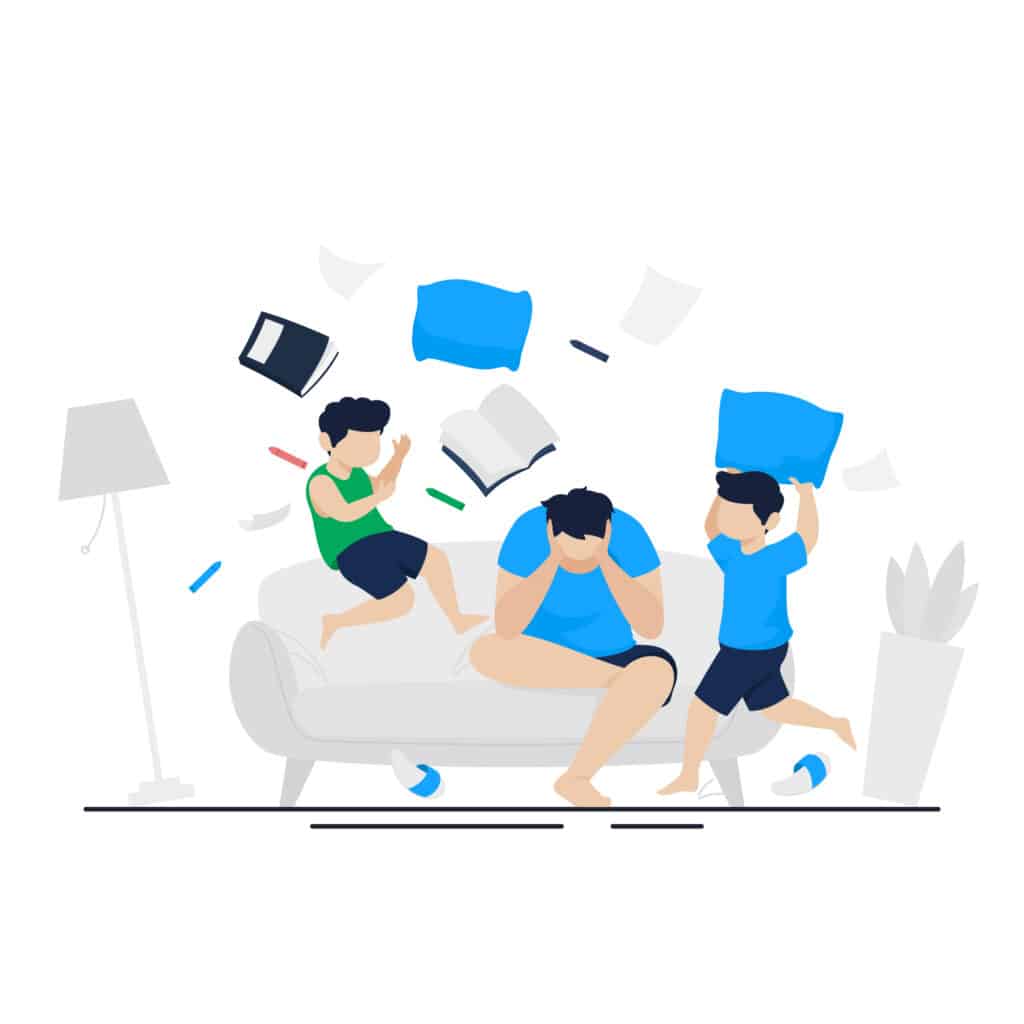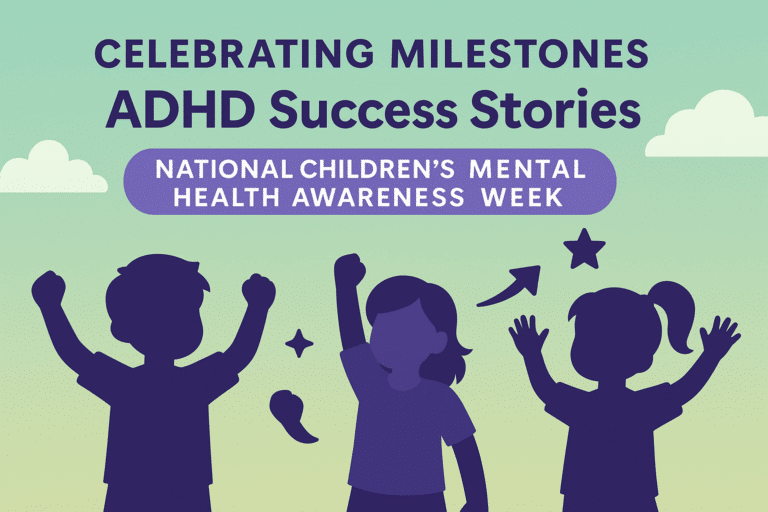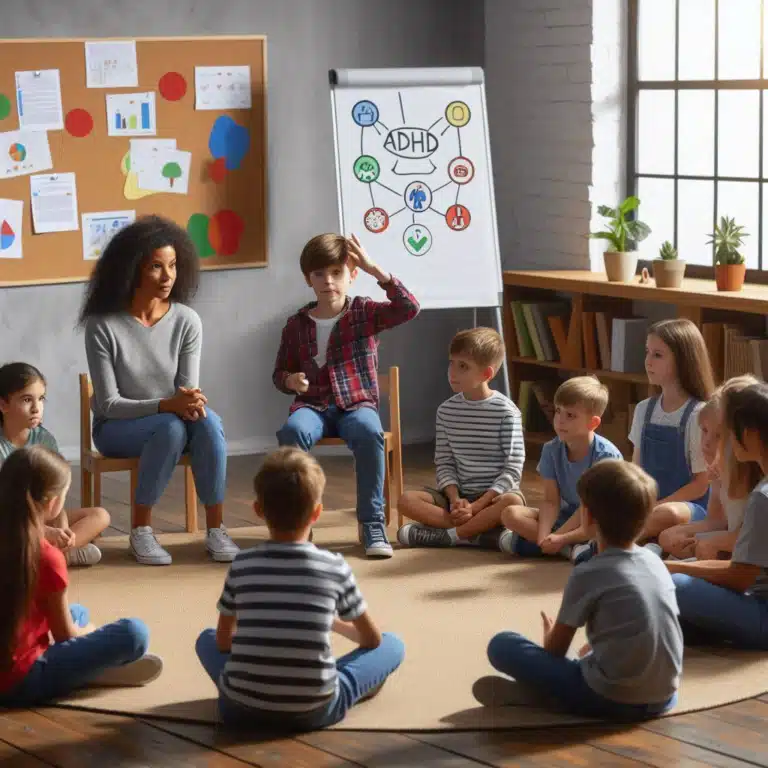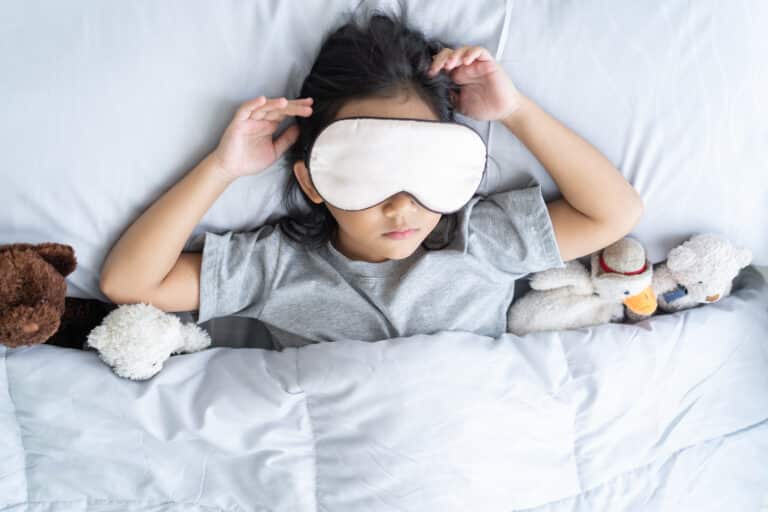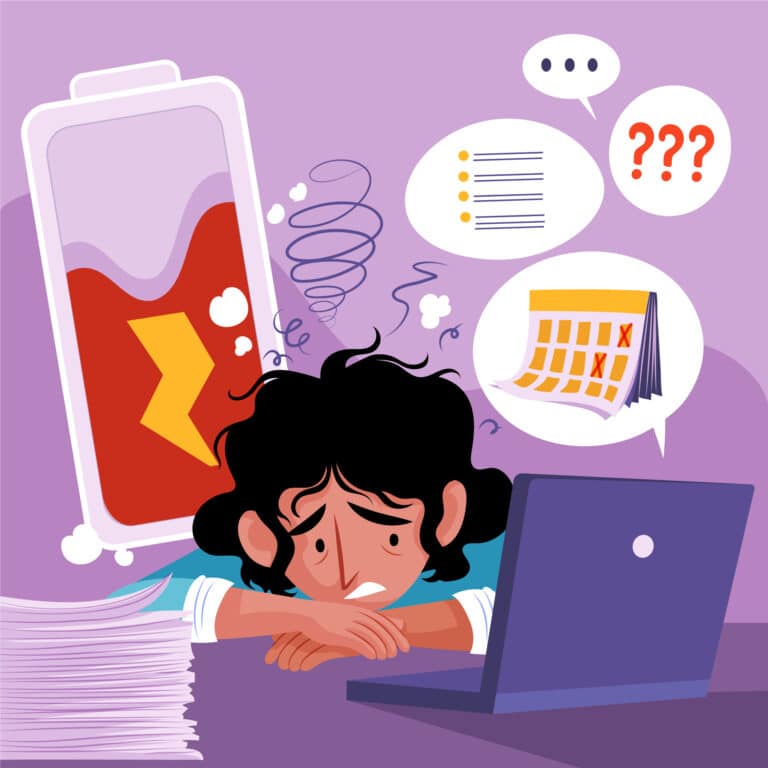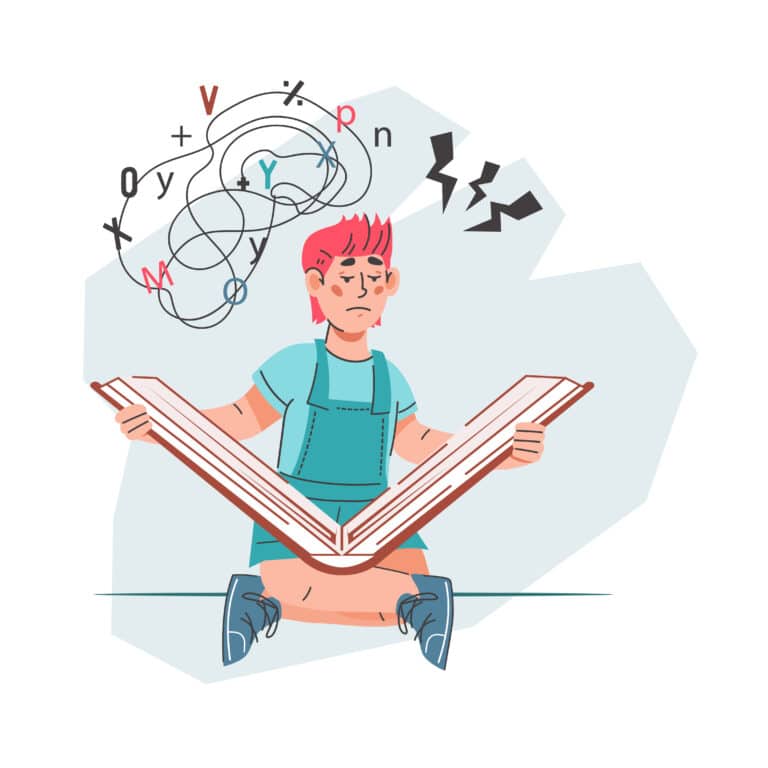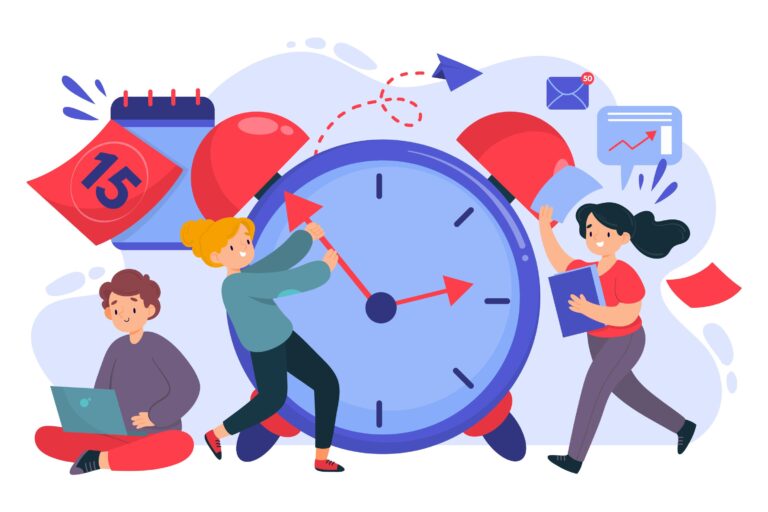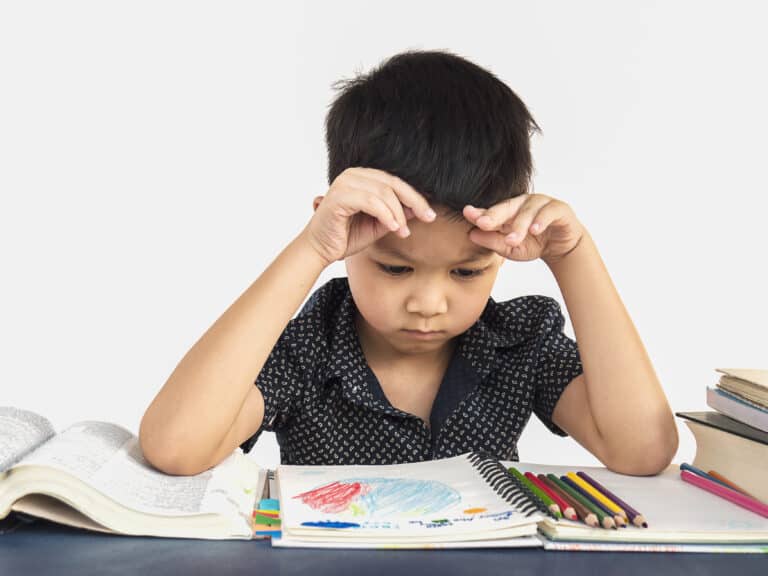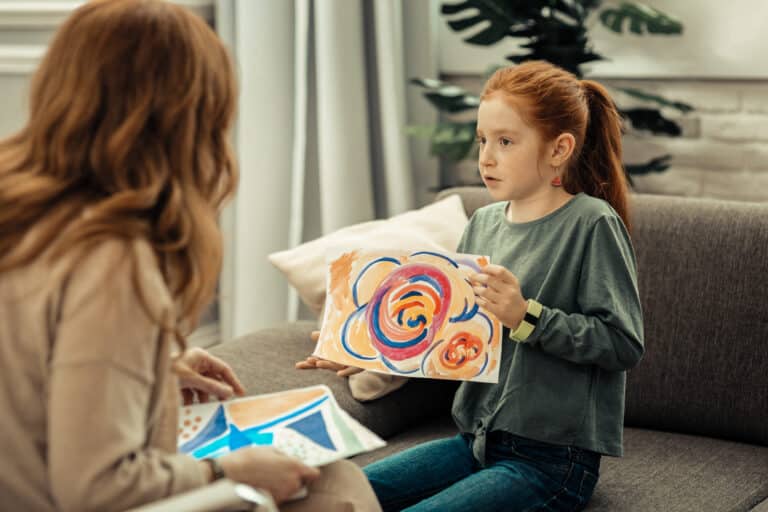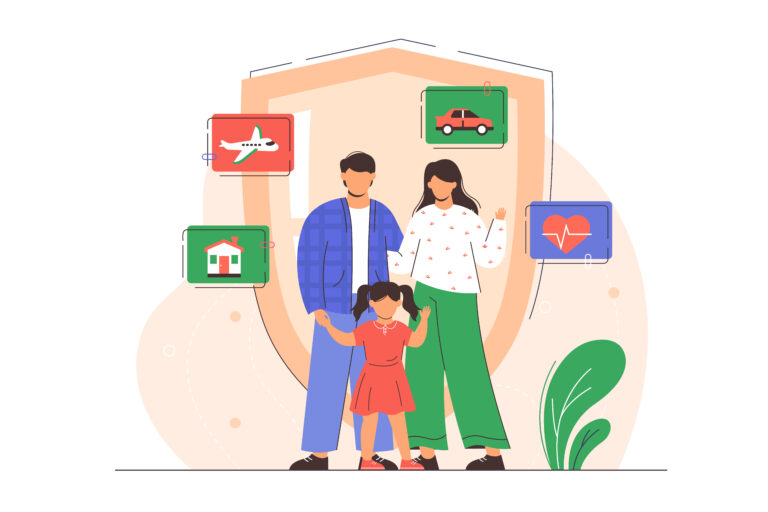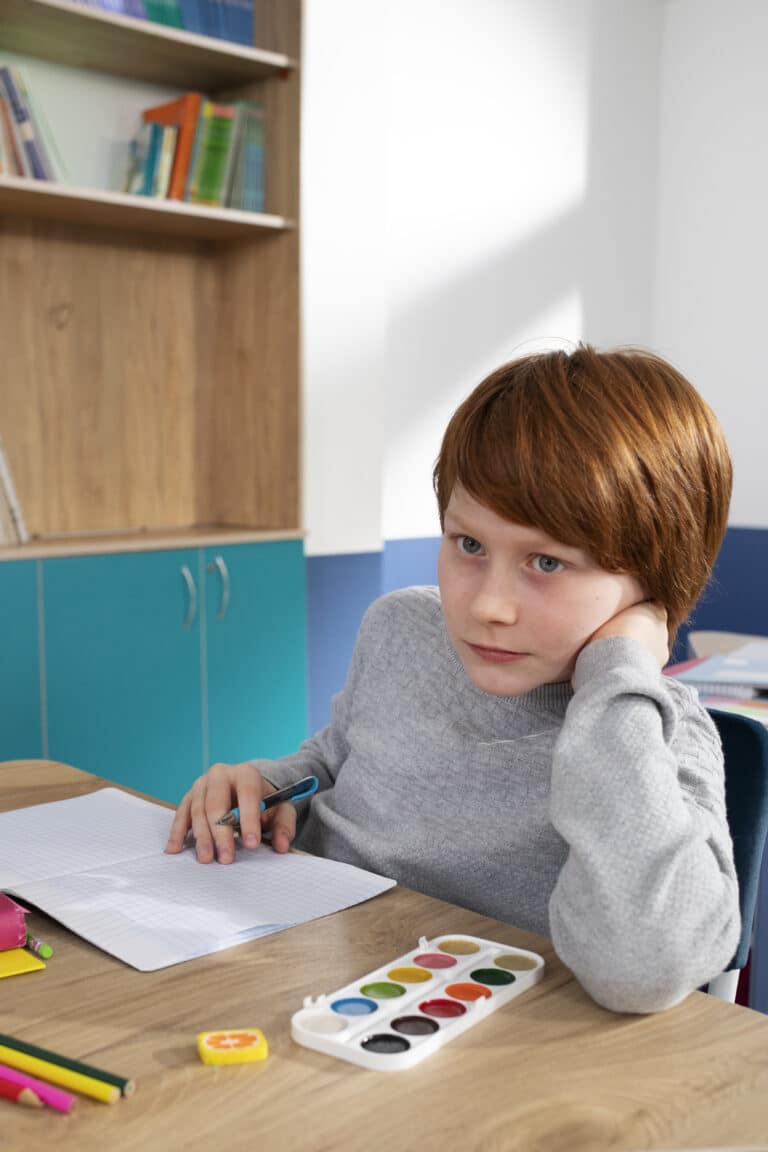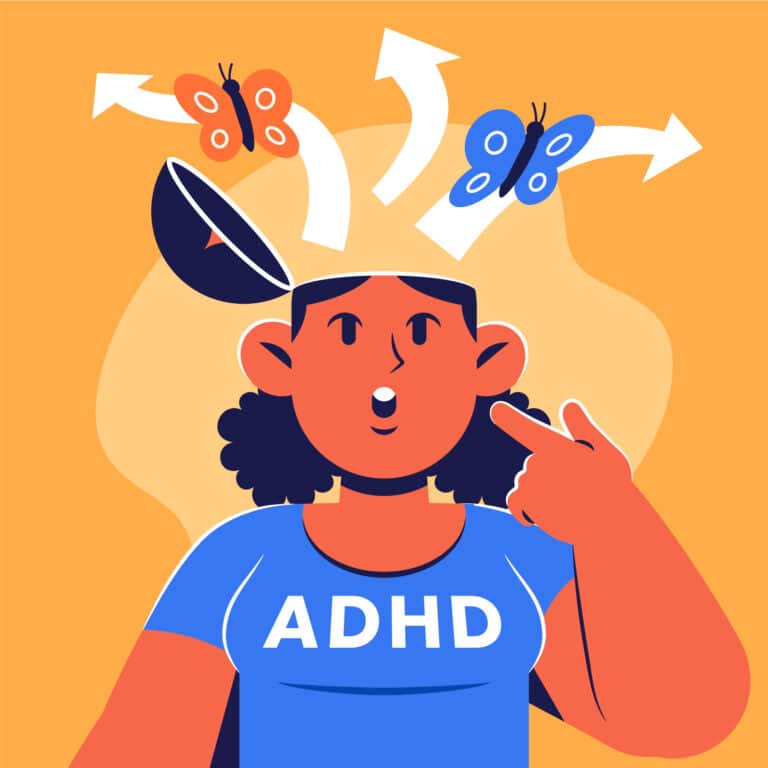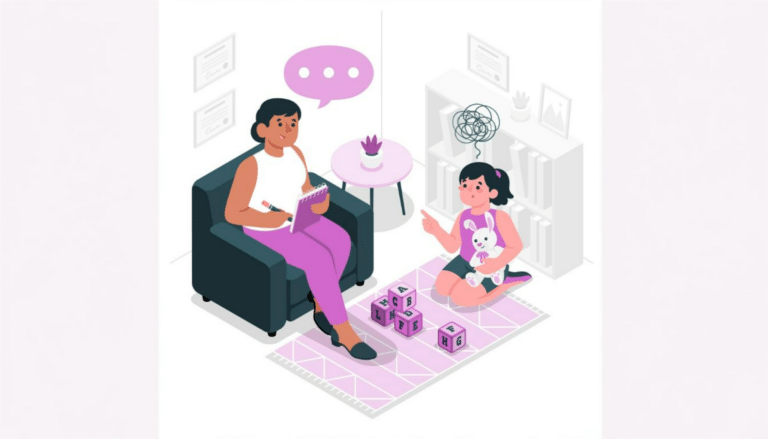At Pathformers, we understand the challenges parents face when managing ADHD in children, especially when hyperactive behaviors are involved. Hyperactivity can make even the simplest tasks feel overwhelming, but with the right ADHD tools for parents and support, families can foster environments that help their children thrive. Below, we’ve curated five best strategies for ADHD management to help parents manage ADHD and nurture their child’s development.
1. Stimulant Medications
For children with hyperactive ADHD, stimulant medications like methylphenidate (Ritalin) or amphetamines (Adderall) can significantly reduce impulsivity and hyperactivity. These effective ADHD treatments for kids work by balancing the brain chemicals responsible for focus and attention, enabling children to manage tasks and behaviors more effectively. While medications can be transformative, it’s crucial to work with your child’s healthcare provider to find the right dosage and treatment plan.
2. Behavioral Therapy
Behavioral therapy for ADHD is one of the most impactful non-medication treatments, particularly in younger children. At Pathformers, we encourage a collaborative approach between parents and professionals to implement consistent routines and clear, achievable goals. Reward systems that reinforce positive behaviors can help children gain control over impulsivity and hyperactivity. This therapy empowers parents to feel more confident in ADHD hyperactivity management at home.
3. Physical Activity as a Calming Strategy
Children with ADHD often benefit from physical outlets to channel their hyperactive energy. Regular exercise—whether through sports, play, or mindfulness practices like yoga—can reduce restlessness and improve overall mood. Physical activity for ADHD not only helps children release pent-up energy but also strengthens executive functioning, allowing them to focus better on tasks.
4. Task Management and Organizational Tools
Children with ADHD may struggle with organization and time management, often losing track of tasks or missing deadlines. Tools like visual planners, task lists, or digital apps such as Todoist can help them stay organized. Task management for ADHD children involves breaking down large tasks into smaller, manageable steps, making overwhelming tasks feel achievable. By using these ADHD organization strategies, parents can teach their children how to structure their day and stay on track.
5. Fidget Tools for Focus
Fidget tools, such as stress balls or sensory objects, can be a helpful way for children with ADHD to manage their need for constant movement. These fidget tools for ADHD focus offer a controlled outlet for hyperactivity without disrupting their environment, allowing children to focus better during tasks like homework or classwork. At Pathformers, we encourage finding personalized solutions—what works for one child may differ for another, so exploring different options is key.
Final Thoughts
At Pathformers, we believe that parents managing ADHD are not alone. Through a combination of medication, therapy, physical activity for ADHD, and structured tools, families can create supportive environments where children with ADHD feel empowered. Remember, the journey may have its challenges, but with the right ADHD strategies for parents, your child can succeed and thrive.

